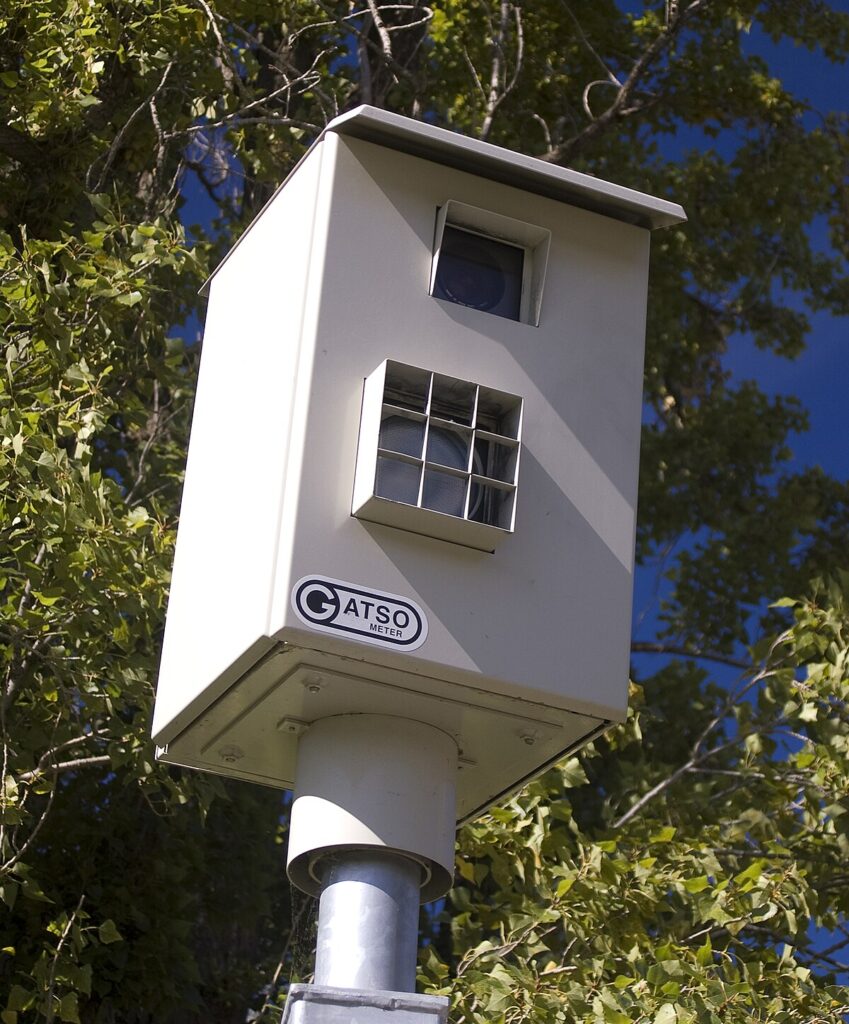
Speed limits are crucial for maintaining order and safety on our roads. However, ensuring compliance can be challenging. Enter speed traps, sophisticated systems designed to detect vehicles exceeding the posted limit. These traps utilize advanced technology to accurately measure speeds and deter reckless driving, ultimately contributing to a safer driving environment for everyone. This article delves into the workings of speed traps, exploring the technologies employed, enforcement strategies, and the significant benefits they bring to road safety.
This comprehensive guide will first examine the various technologies used in speed traps, comparing radar guns and LIDAR systems. We’ll then discuss how law enforcement officers strategically deploy these tools for effective speed limit enforcement. Furthermore, we’ll explore the crucial role speed traps play in promoting road safety and deterring reckless driving behavior. Finally, we’ll conclude by highlighting the overall impact of speed traps on creating safer roads for all.
Speed Trap Technologies
Speed traps rely on sophisticated technologies to accurately measure vehicle speeds. Two primary methods are commonly employed: radar guns and LIDAR systems. Both operate on the principle of measuring the frequency shift of electromagnetic waves reflected back from a moving object.
Radar guns emit radio waves that bounce off approaching vehicles. The change in frequency of these reflected waves, known as the Doppler effect, is then analyzed to calculate the vehicle’s speed. Radar guns are relatively inexpensive and widely used by law enforcement agencies. However, they can be affected by environmental factors like rain or interference from other electronic devices.
LIDAR (Light Detection and Ranging) systems utilize laser beams instead of radio waves. LIDAR emits short pulses of infrared light that travel to the target vehicle and reflect back. The time it takes for the light to return is measured, allowing for precise speed calculation. LIDAR offers greater accuracy than radar guns and is less susceptible to environmental interference. However, LIDAR systems are generally more expensive than radar guns.
Radar Guns vs. LIDAR

Choosing between radar guns and LIDAR depends on various factors, including budget constraints, desired accuracy, and operational environment.
Radar guns are a cost-effective option for basic speed enforcement. They are relatively easy to use and provide reasonably accurate speed readings in clear weather conditions. However, their susceptibility to interference and environmental factors can limit their effectiveness in certain situations.
LIDAR systems offer superior accuracy and reliability, making them ideal for high-speed enforcement or challenging environments. Their ability to penetrate fog and rain enhances their performance in adverse weather conditions. While LIDAR is more expensive than radar guns, its increased accuracy and reliability often outweigh the initial investment.
Enforcement Strategies
Law enforcement agencies employ various strategies to effectively utilize speed traps and enforce speed limits.
One common approach involves strategically positioning officers in concealed locations along roadways known for speeding violations. These “hidden” speed traps aim to catch unsuspecting drivers exceeding the limit, deterring reckless behavior through surprise enforcement.
Unmarked vehicles are also frequently used in speed trap operations. These unmarked cars blend seamlessly with regular traffic, allowing officers to monitor speeds without drawing attention. This tactic can be particularly effective in catching drivers who may otherwise feel less inclined to speed when they see a marked police car.
Utilizing Technology for Enhanced Enforcement
Modern technology plays a crucial role in enhancing speed trap effectiveness.
Speed detection software integrated into patrol vehicles allows officers to automatically record vehicle speeds and issue citations electronically. This streamlines the enforcement process, reducing paperwork and freeing up officer time for other tasks.
Furthermore, some agencies utilize mobile speed display signs that flash the current speed of passing vehicles. These signs serve as a visual reminder to drivers about their speed, encouraging them to adhere to the limit and promoting self-regulation.
Road Safety Benefits

Speed traps contribute significantly to road safety by reducing speeding violations and mitigating the risks associated with excessive speed.
Higher speeds increase the distance required to stop a vehicle, making collisions more likely and severe. Speed traps help enforce speed limits, reducing the likelihood of high-speed crashes and minimizing the potential for injuries or fatalities.
By deterring reckless driving behavior, speed traps create a safer environment for all road users, including drivers, passengers, cyclists, and pedestrians.
Deterrence of Reckless Driving
The presence of speed traps acts as a deterrent against reckless driving behavior. Knowing that they could be caught exceeding the limit encourages drivers to adhere to posted speeds, promoting responsible driving habits.
This deterrent effect extends beyond simply avoiding tickets. The awareness of potential consequences for speeding can lead to a greater sense of responsibility and caution on the road. Drivers become more mindful of their speed and surroundings, ultimately contributing to a safer and more predictable driving environment.
Conclusion
Speed traps play a vital role in maintaining road safety by enforcing speed limits and deterring reckless driving behavior. Through the use of advanced technologies like radar guns and LIDAR, law enforcement agencies effectively detect speeding vehicles and promote responsible driving habits. The benefits of speed traps are undeniable, contributing to a safer environment for all road users and ultimately saving lives. By understanding how how do speed traps work and their impact on road safety, we can collectively strive towards creating safer roads for everyone.
